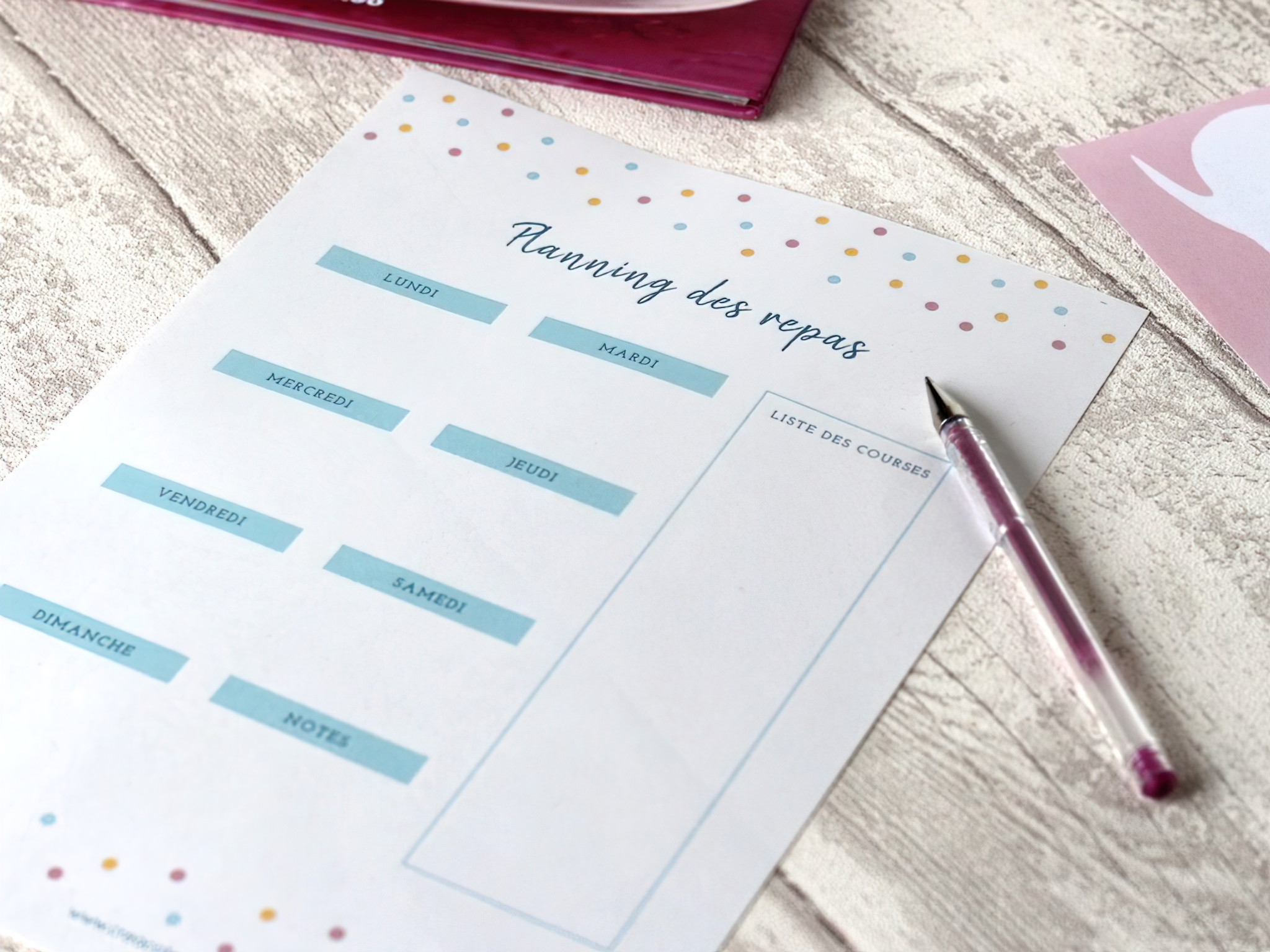Eating well doesn’t have to be time-consuming or expensive. With weekly menu planning, you can save both time and money while enjoying delicious home-cooked meals. In this Smart Choices article, we’ll explore the benefits of menu planning and offer practical tips for getting started.
-
Content
The Benefits of Weekly Menu Planning

Meal planning is an essential tool for busy families and individuals. By planning your meals ahead of time, you can enjoy several advantages:
- Save time: No more last-minute trips to the grocery store or time spent deciding what to cook each day.
- Save money: By planning meals around sales and using ingredients efficiently, you can reduce your grocery bill.
- Reduce food waste: Menu planning helps you use up ingredients before they spoil.
- Eat healthier: Planning meals in advance allows you to make more balanced, nutritious choices.
-
Tips for Successful Menu Planning
To make the most of your weekly menu planning, follow these simple guidelines:
- Assess your pantry: Before planning, take inventory of what you already have. This helps you avoid overbuying and reduce food waste.
- Choose a variety of meals: Include a mix of proteins, grains, and vegetables to ensure a balanced diet.
- Plan for leftovers: Incorporate leftover ingredients into subsequent meals, or plan for a designated leftovers night.
- Be flexible: Life happens, so it’s essential to be adaptable. Don’t stress if plans change – just adjust your menu accordingly.
- Keep a recipe bank: Collect recipes you enjoy and would like to try. This makes meal planning quicker and more enjoyable.
-
Creating Your Weekly Menu

Now that you understand the benefits and have some tips for success, it’s time to create your menu. Here’s a step-by-step guide to get started:
- Determine your meal categories: Choose a variety of meal types, such as meatless Mondays, taco Tuesdays, or slow cooker Sundays.
- Assign a meal to each day: Based on your categories, assign a meal idea to each day of the week.
- Make a shopping list: Create a list of ingredients needed for your meals. Don’t forget to check your pantry first!
- Shop and prep: Purchase your groceries and do any necessary meal prep, such as chopping vegetables or marinating meat.
-
Resources for Menu Planning

There are plenty of tools and resources available to help you with menu planning:
- Meal planning apps: Apps like Mealime and Plan to Eat simplify menu planning by providing recipes, generating shopping lists, and more.
- Recipe websites: Websites like Allrecipes and Food Network offer a vast collection of recipes for inspiration.
- Cookbooks: Don’t forget about classic cookbooks – they’re a treasure trove of meal ideas.
- Family and friends: Ask loved ones for their favorite recipes and meal planning tips.
-
Getting the Family Involved
Involving the whole family in the menu planning process can make it even more enjoyable and efficient:
- Assign tasks: Delegate age-appropriate tasks to family members, such as researching recipes, creating the shopping list, or doing meal prep.
- Encourage creativity: Allow each family member to suggest a meal or theme for one day of the week, ensuring everyone’s tastes are considered.
- Make it a fun activity: Turn menu planning into a bonding experience by setting aside time each week to plan together.
-
Adapting Menu Planning to Your Dietary Needs
Menu planning can also accommodate various dietary restrictions and preferences:
- Allergies and intolerances: Plan meals around safe ingredients and substitute problematic ones with alternatives.
- Vegetarian and vegan diets: Include plant-based protein sources and plan for a variety of vegetables, grains, and legumes.
- Low-carb or gluten-free: Choose recipes that feature low-carb or gluten-free ingredients and adapt meals as needed.
-
Saving Time with Meal Prep

Once your menu is planned, save even more time by prepping meals in advance:
- Batch cooking: Cook multiple portions of a recipe and store them in the freezer for future use.
- Pre-chopping vegetables: Cut up vegetables and store them in the refrigerator for quick meal assembly.
- Pre-assembling meals: Put together slow cooker or casserole dishes in advance and refrigerate or freeze until needed.
-
Staying Organized
An organized approach to menu planning can make the process even smoother:
- Use a menu planning template: A simple calendar or printable template can help you visualize your meals for the week.
- Post the menu: Display your menu in a visible location, such as on the refrigerator, to keep everyone informed and accountable.
- Store recipes digitally: Organize your recipes in a digital format for easy access and reference.
Conclusion
Embracing the practice of weekly menu planning can significantly improve your culinary routine. By involving the family, adapting to dietary needs, making the most of meal prep, and staying organized, you’ll save time and money while enjoying a variety of delicious, home-cooked meals. Give it a try and experience the benefits for yourself!



